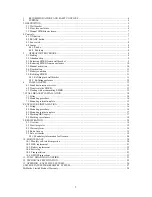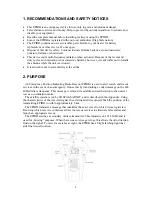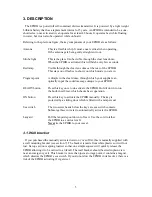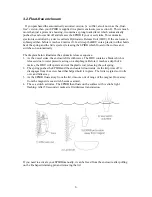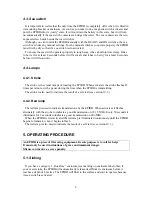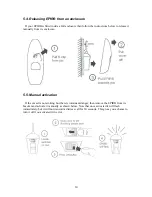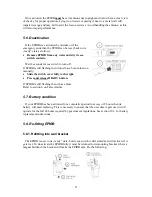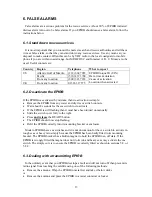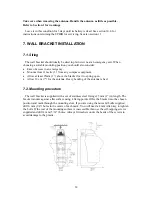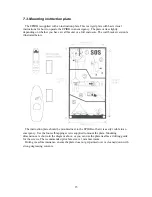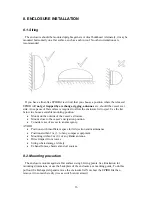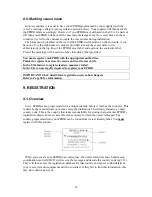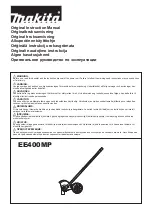
1. RECOMMENDATIONS AND SAFETY NOTICES
•
This EPIRB is an emergency device for use only in grave and imminent danger.
•
False alarms cost lives and money. Help to prevent them; understand how to activate and
disable your equipment.
•
Read the complete manual before installing, testing or using the EPIRB.
•
Ensure the EPIRB is registered with you local authorities (Flag State nation).
•
The EPIRB contains no user serviceable parts. Return to your dealer for battery
replacement or other service. Do not open.
•
Dispose of this device safely. Contenst include Lithium batteries; do not incinerate,
puncture, deform or shortcircuit.
•
This device emits radio frequency radiation when activated. Because of the levels and
duty cycles, such radiation is not classed as harmful; however, it is advisable not to handle
the antenna while the unit is activated.
•
It is advisable not to stare directly at the strobe.
2. PURPOSE
An Emergency Position Indicating Radio Beacon (EPIRB) is used to alert search and rescue
services in the event of an emergency. It does this by transmitting a coded message on the 406
MHz distress frequency. This message is relayed via satellite and earth station to the nearest
rescue co-ordination centre.
The satellite system is run by COSPAS-SARSAT, and is described in the Appendix. Using
the characteristics of the received signal, the orbiting satellites can establish the position of the
transmitting EPIRB to within approximately 5 km.
The EPIRB transmits a message that identifies the exact vessel to which it was registered.
Knowing which vessel is in distress allows the rescue services to eliminate false alarms and
launch an appropriate rescue.
The EPIRB also has a secondary distress transmitter. This transmits on 121.5 MHz and is
used for „homing“ purposes. When the rescue services get close, this allows them to direction
find on the signal. To cater for searches at night, the EPIRB has a bright falshing light that
aids final visual location.
4



